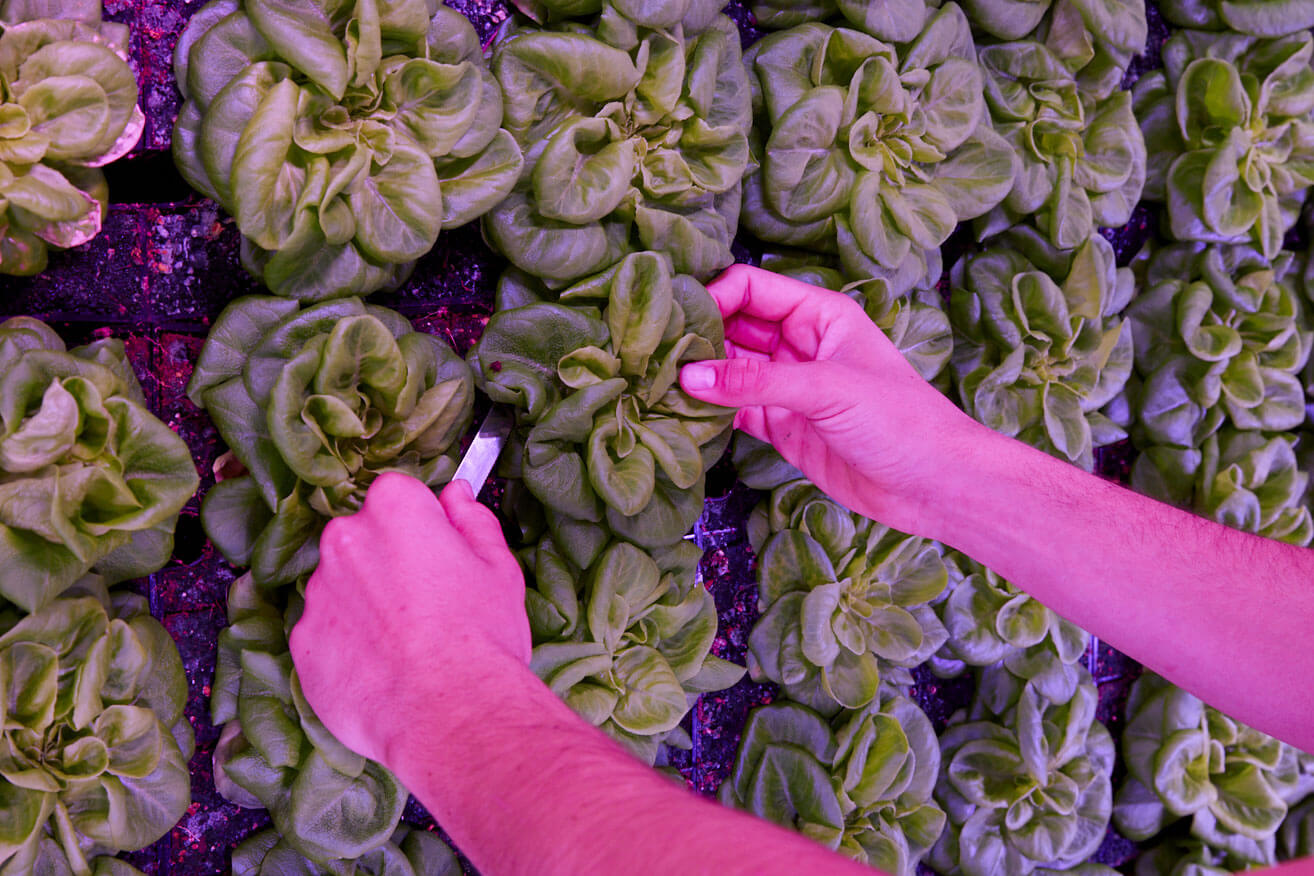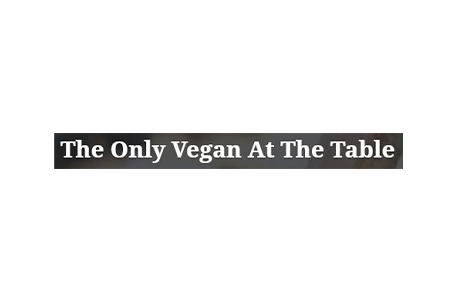What is Indoor Vertical Farming?
Take your traditional fields and crops and shift them 90 degrees. Today’s revolutionary farming methods save space and resources.
Our relationship to food has undoubtedly changed from our agricultural farming days, where we lived off the land and interacted with our food daily in a close-up and personal way. Nowadays, the majority of us have no agricultural ties or connections to our sources of food. In densely populated cities, many have not even had exposure to the traditional acres of farmland space required to grow crops. Not only that, but the global population is expanding, and at the same time, the earth is heating up. Vertical farming in cities comes to change the way we interact with food, bringing it back closer to home.

Food Grown Far Away and Transported to You
It’s a known fact that in most western cities, the majority of the food consumed has been trucked, shipped, or flown from far away. For instance, when we think we’re eating fresh greens, we’re actually not; produce from “fresh” sections of your local supermarkets most likely have traveled many miles from across another state or even coast-to-coast. In fact, according to the Leopold Center for Sustainable Agriculture, the average food item in the United States travels 1,500 miles to reach its plate!
This reality is unhealthy and unsustainable since food transport reduces freshness and nutrition, and releases greenhouse gas emissions from refrigeration, gas, and food loss. The local food movement, therefore, has gained incredible momentum as a solution to these woes. And vertical farming is playing an increasingly more important and popular role in the shape of the local food economy- bringing fresher food all the way to the consumer.
Today, vertical farming technology allows anyone- absolutely anyone- to grow local food sources within just a few days and bring fresh produce to the mass-market at supermarkets’ doorsteps. It doesn’t mean you must go and study agriculture before adopting this methodology. You don’t have to be a farmer or agronomist to try your hand at growing plants vertically.
What is Vertical Farming?
Vertical farming allows you to plant and grow your crops vertically, either stacked in layers or directly on a wall, instead of the traditional, horizontal way across acres of fields. You might apply vertical farming methods within a shipping container, on a rooftop, or in a climate-controlled unit in almost any indoor space.
There are a few different systems developed for vertical farming:
- Hydroponic vertical farming is a method using water to provide nutrients to the plants.
- Geoponic or soil-based vertical farming embraces the real soil as a natural barrier by keeping plants in their original environment in order to create optimal growing conditions.
- Aeroponic is an approach that operates on air or mist without soil.
The Benefits of Vertical Farming
- Uses 90% less water than traditional farming
- The capability to grow and harvest any crop almost anywhere because you can control the climate conditions
- Zero pesticides
- Modular, expandable, moveable
- Fresher, longer shelf life
- Consistent product supply without seasonality constraints
- Easy to operate – no professional agricultural expertise is required
- Cost-effective
Vertical Farming Solutions
Grown indoors in a geoponic (soil-based) platform, indoor vertical farming requires less natural resources and saves space in tight urban spaces. It uses less soil and water. In fact, indoor vertical farming uses 90% less water than traditional field farming. When compared to traditional farming, geoponic farming saves as much as 20 days’ from seeding to harvest, taking fewer days to grow, maintain and harvest vertical crops over a plant cycle.
Vertical farming is convenient and attractive, especially vis-a-vis traditional farming:
- You don’t physically get worn out from the daily realities of traditional farming, for instance there’ no breaking your back in the hot sun while tending to crops.
- No running out in all kinds of weather to cover your fields.
- Save yourself from operating heavy machinery to seed, harvest and collect the greens.
- No weeds!
You can control everything ‒ even the weather ‒ in one place, on a platform on a wall! Plus, you can do it all in a few paces on the floor, and if needed, on a ladder.
Commercial Vertical Farming
Commercial vertical farming can help feed people in places where they potentially would not otherwise have access, as long as there are viable sources of water and light. For geoponic solutions, it’s very easy to grow food for the masses without any agricultural training. You could put up a vertical farm or container farm in the parking lot of any grocery store or restaurant chain. Then, reap the benefits: save more money on trucks and fuel than you’d spend on facilities and power to grow your own food.
Find Your Green Thumb via Urban Vertical Farming
As we experience less predictable weather conditions due to global climate change, vertical farming systems and container growing allow for a consistent environment regardless of what’s going on outside. In fact, it’s predicted by experts in the agricultural industry that vertical farms will increasingly grow our green produce both domestically and across the world.
How Can Vertical Farming Improve Food Security?
Vertical farming increases food security because it enables farmers to grow much more produce on much less land. Since most vertical farming operations are indoors and use smart data-based agricultural techniques, food can be grown year-round in a consistent, reliable, and predictable way, without disruptions or surprises from the outdoor environment. Furthermore, indoor vertical farming enables countries and communities to grow their own produce; also known as food sovereignty, this form of food security offers growers the opportunity to produce food without relying on external bodies and markets.
FAQ
While precise water use varies from plant to plant, overall our geoponic urban farm consumes approximately 90% less water than needed for conventional agriculture.
We use advanced LED lights to provide our plants with the precise light intensity and color they need to grow properly and efficiently. Via the app, it is easy to monitor the lighting and adjust it accordingly to maximize yields and quality while minimizing electricity use. We believe plants deserve the best inputs for them to deliver the best outputs. This LED technology enables our indoor vertical farming units to mimic and even excel beyond the capabilities of outdoor vertical farming units.
The vertical farming system is designed to be easy to use, maintain, monitor, and harvest. In fact, anyone can operate the platform without any prior farm experience or professional agricultural expertise. With Vertical Field’s intuitive app, you can monitor all the plants’ vital signs while our smart algorithms and sensors take care of the rest. We even created a modular design so that mature crops can be easily accessed, harvested, and replaced with fresh pots and new plantings. We believe in a vertical farming future that does not require highly skilled labor, which is why we have designed our products for easy maintenance.



